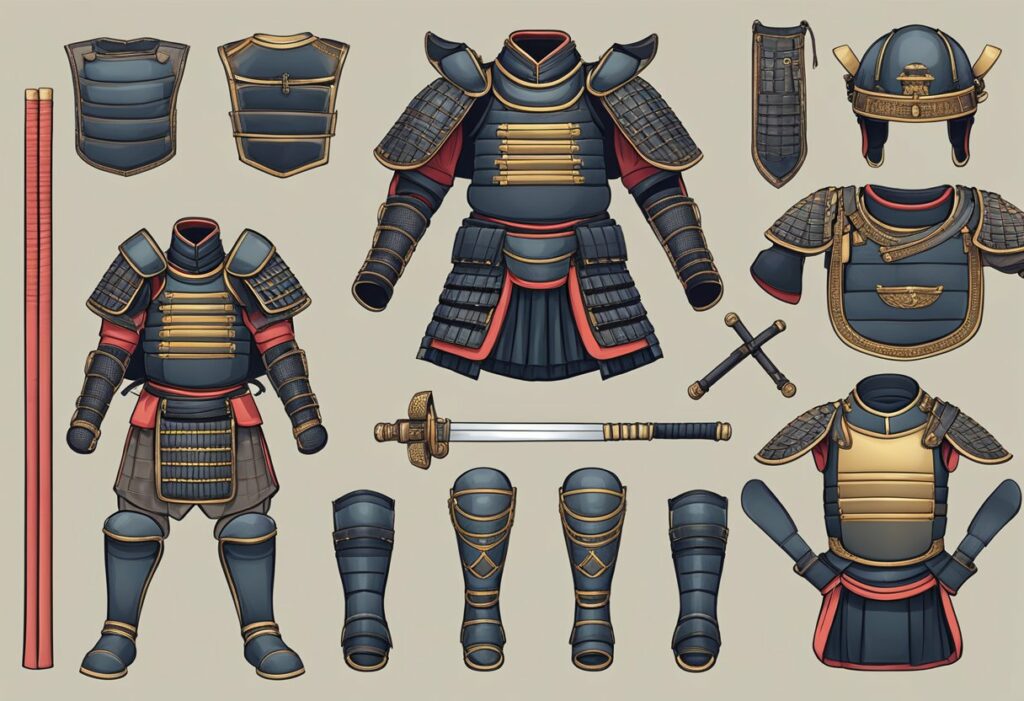Onsens can be found scattered throughout the scenic Japanese countryside.
Bathing in one is a tradition that most families are familiar with from being young.
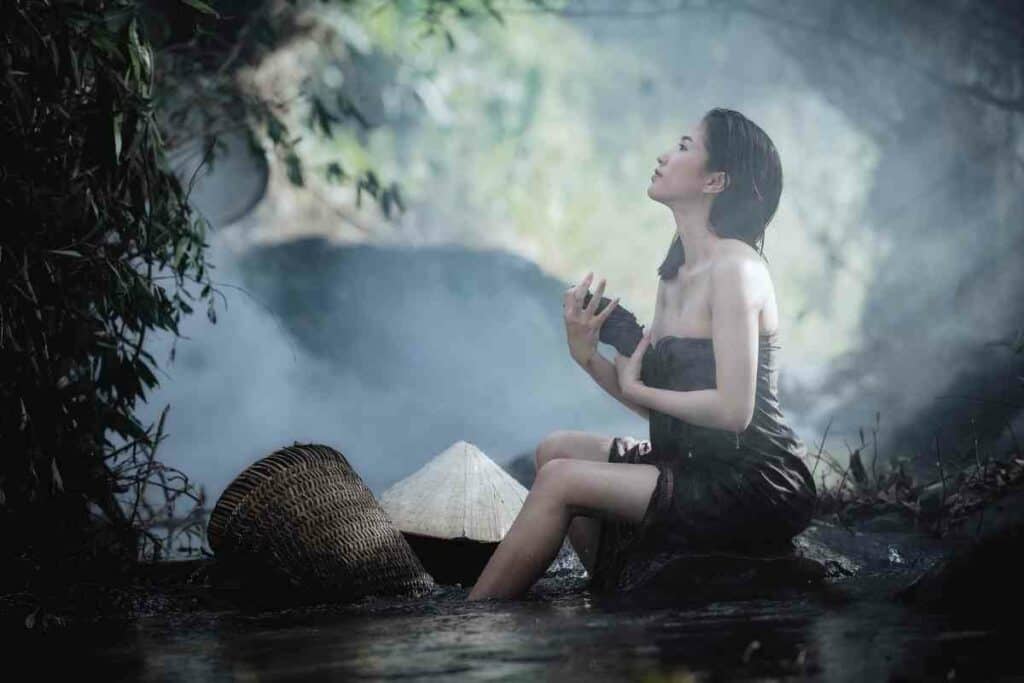
These warm, natural springs are the perfect place to go to relieve the stresses of life.
So what is it about onsens that makes them so appealing?
Read this article to find out more.
Table of Contents
Understanding the Culture
Many families living in Japan will have visited at least one onsen throughout their lifetime.
With over 27,000 hot spring sources dotted around the country, it is hard to miss out on such an experience.
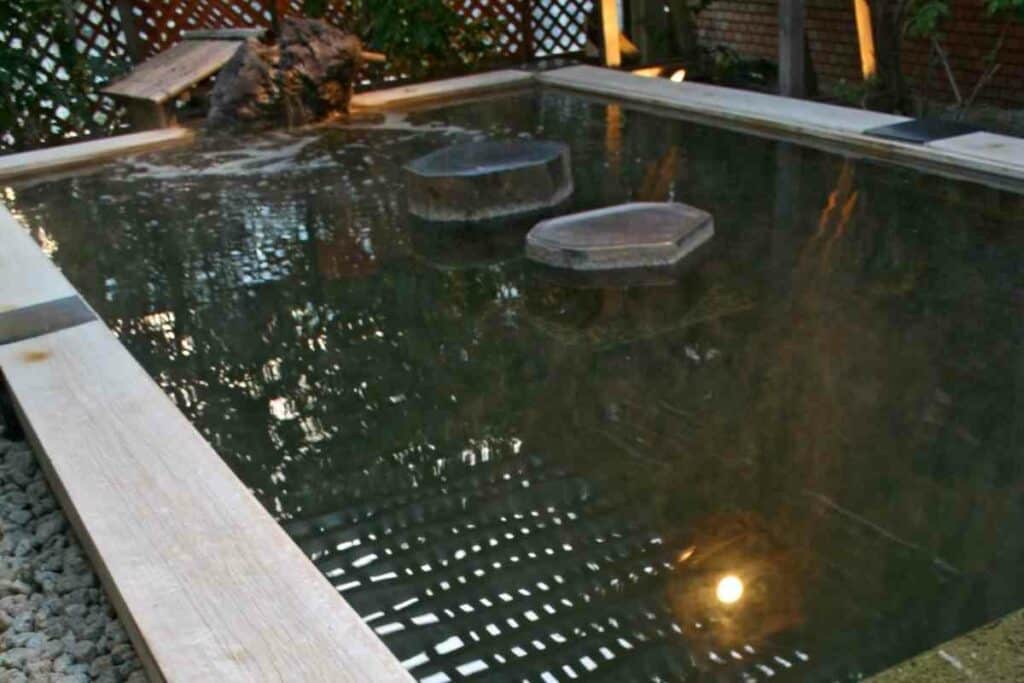
As a product of volcanic activity, these hot water baths are brimming with immune-boosting minerals.
These unique bathing systems help people relax and are thought to aid certain health problems, which we will discuss later on in the article.
Onsen Etiquette
When visiting an onsen, there are certain rules to abide by.
Do you remove your clothes? How long should you stay in the water?
Fear not; you’ll find all you need to know right here.
Let’s take a deeper look.
Removal of Clothes – Seriously!
It’s only fair to enter a natural hot spring in your natural form, right?
Upon entering, all items of clothing must be removed – even socks!
While this may seem daunting, you will find that it isn’t such a big deal. How much of your body does a one-piece really cover anyway?
This doesn’t mean you have to walk around totally naked.
Instead: You can use a towel to cover your modesty until you are ready to enter the water.
Guests Must Shower Beforehand
It is common courtesy to shower before stepping into an onsen; the Japanese are very hygienic as a culture and often do this before getting into a bath in their own home.
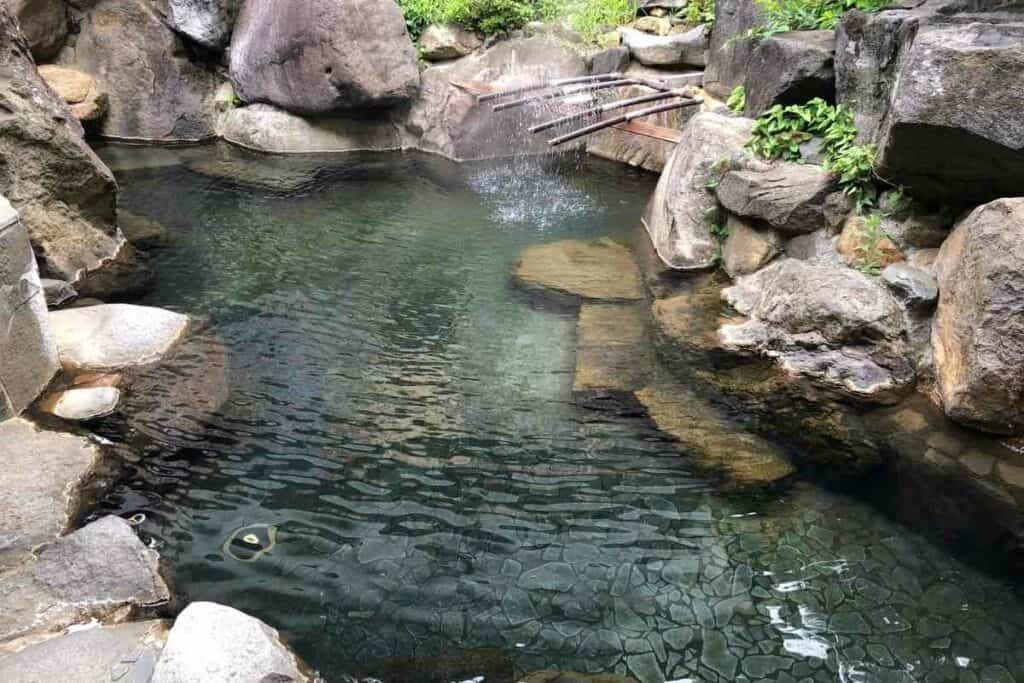
Entering a hot spring when you are nice and clean keeps the water as pure as possible.
Towels Are a Must Have
In most places, a towel or two will be provided.
A large towel can be used for covering your modesty when entering and leaving the onsen, while a small towel can be taken in and used to wash yourself with.
Just don’t let go of it!
Take a quick look – 10 Best Onsen Destinations In Japan
Hair Should Be Pinned Back
Long hair should be tied back and away from the face.
You can even wrap it into a towel. Guests should also refrain from ducking under the water.
Sharing water carries a risk of infection!
The History
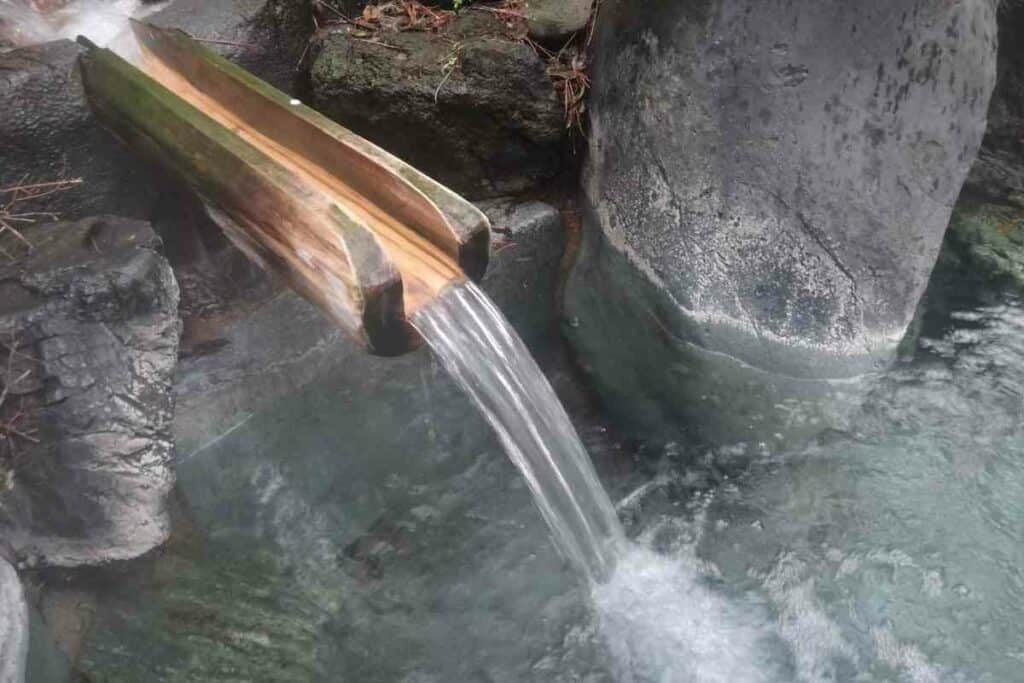
Onsen has been a Japanese tradition recorded as far back as the 6th century in the Kojiki.
Historically – They are thought to have been used by emperors to kick back and de-stress. One theory is that they were once a spot to hunt prey when animals came to drink the waters.
Read Next ?
These days, this bathing culture is widely enjoyed by both natives and tourists.
With so many areas to visit, you are simply spoilt for choice.
Benefits
Onsens are thought to be beneficial for the following reasons.
Studies have shown that these bathing beauty spots provide healing properties that promote visitors’ health and well-being.
Let’s take a closer look at what this means.
Improve Circulation
The average water temperature of a natural hot spring is around 25° celsius.
This kind of heat can improve blood circulation and release tension in joints and muscles.
It is also believed to improve metabolism – although it is hard to say whether this is true or not.
Reduce Feelings of Stress And Anxiety
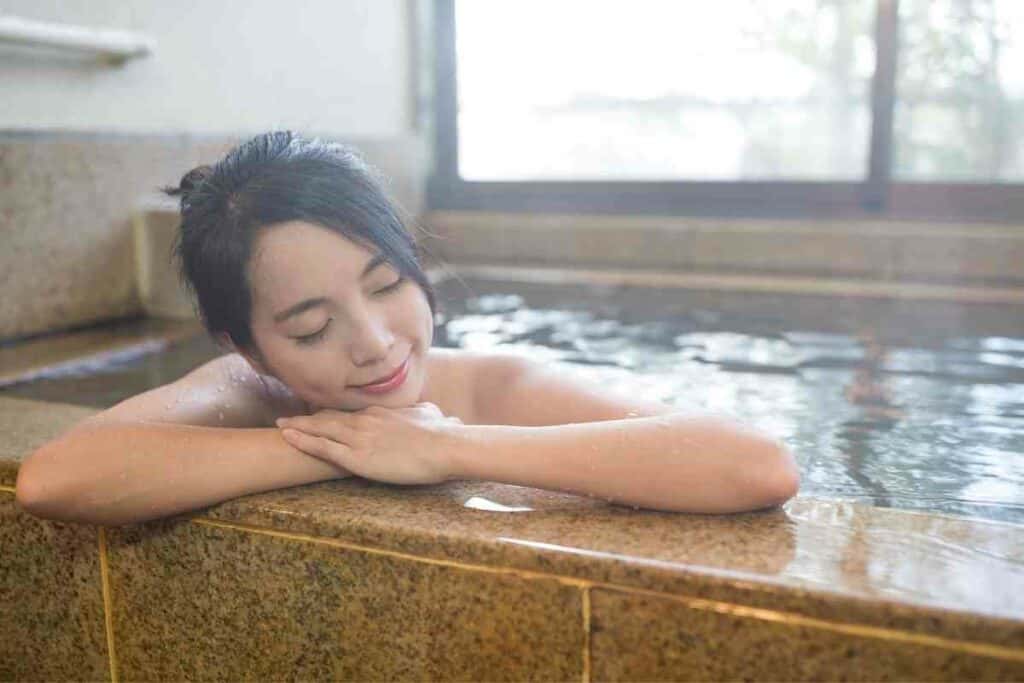
Immersing yourself in warm water relieves stress.
However, what could be more peaceful than taking in the Japanese countryside while unwinding in a warm bath?
People often feel revitalized and at peace when leaving an onsen, which is one reason why natives love them so much.
Anti-aging Effects
We discussed above that onsen contains up to 19 different minerals, which work wonders for the skin.
Sodium bicarbonate and chloride, for example, help aid skin conditions such as eczema or chronic dermatitis.
At the same time, silica can alleviate problems by targeting areas of dry skin.
These stress-relieving pools also contain iron and copper, which are thought to relieve menstrual pain and benefit those suffering from anemia.
Risks
While the benefits are pretty impressive, rewards often come with a risk or two.
Overexposure
It isn’t hard to overdo it when relaxing in an onsen.
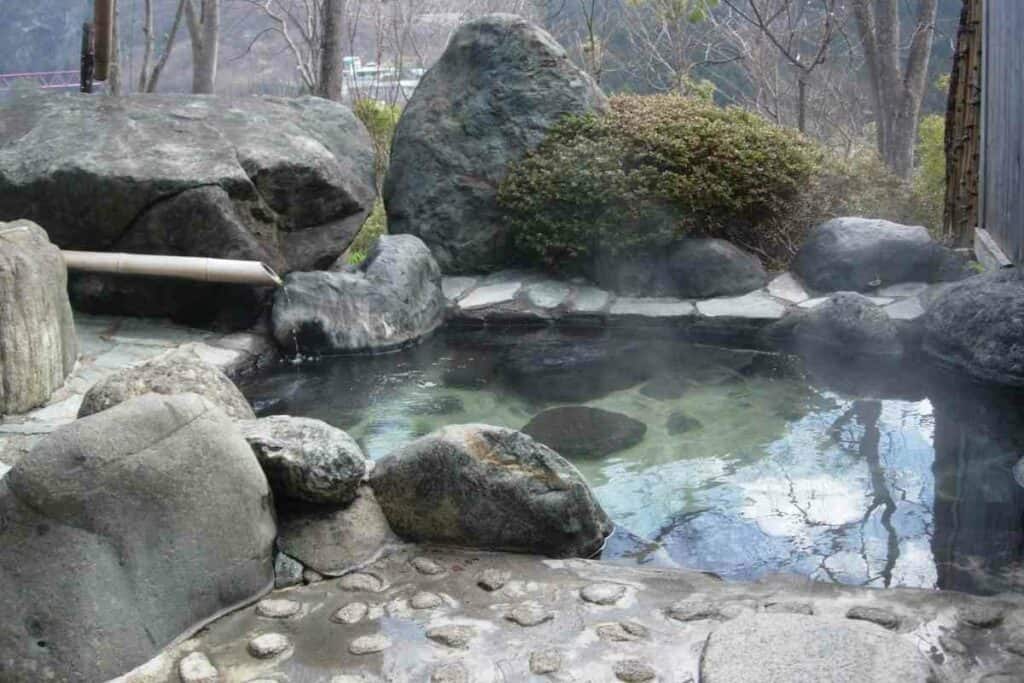
But staying in for too long can lead to dehydration, nausea, and dizziness. Sitting in one for ten minutes is long enough, and that doesn’t mean you have to leave.
You can simply take a break and step back in!
Slipping
There is always a risk of slipping in any area with plenty of water.
As long as you take your time getting in, you will have no problems. But, of course, it is best to avoid running in the area too!
Underlying Conditions
You may want to avoid a trip to an onsen if you have underlying conditions that may affect your experience.
This may include high blood pressure, heart problems, or reduced mobility. These places are meant for de-stressing and avoiding emergency rooms!
Where To Find Them
Located on a volcanic belt, onsens are easy to come by as many are located all over Japan.
While many are outdoors, you will find private indoor hot springs which may be more suited to you.
To Summarise
Visiting an onsen is an unforgettable experience.
In addition, these calming, natural bathing pools are a place to unwind and help with specific health issues.
The Japanese love Onsen because of the peace and tranquillity gained from bathing in them.
So, if you are visiting Japan, treat yourself to an hour or two bathing in these heavenly waters.
Read Next
- 12 Things Tourists Should NEVER Say in Japan
- Kissing Robot: Exploring the Popularity of the Chinese Kissing App
- Unlocking the Secret Dating Rituals Only Locals Know in Japan
- Samurai Armor: Ancient Protection for Japan’s Elite Warriors
- 10 Amazing Facts About Schools in Japan: Unique Traditions and Educational Practices
- Where can you see snow monkeys in Japan: Best locations and viewing tips




